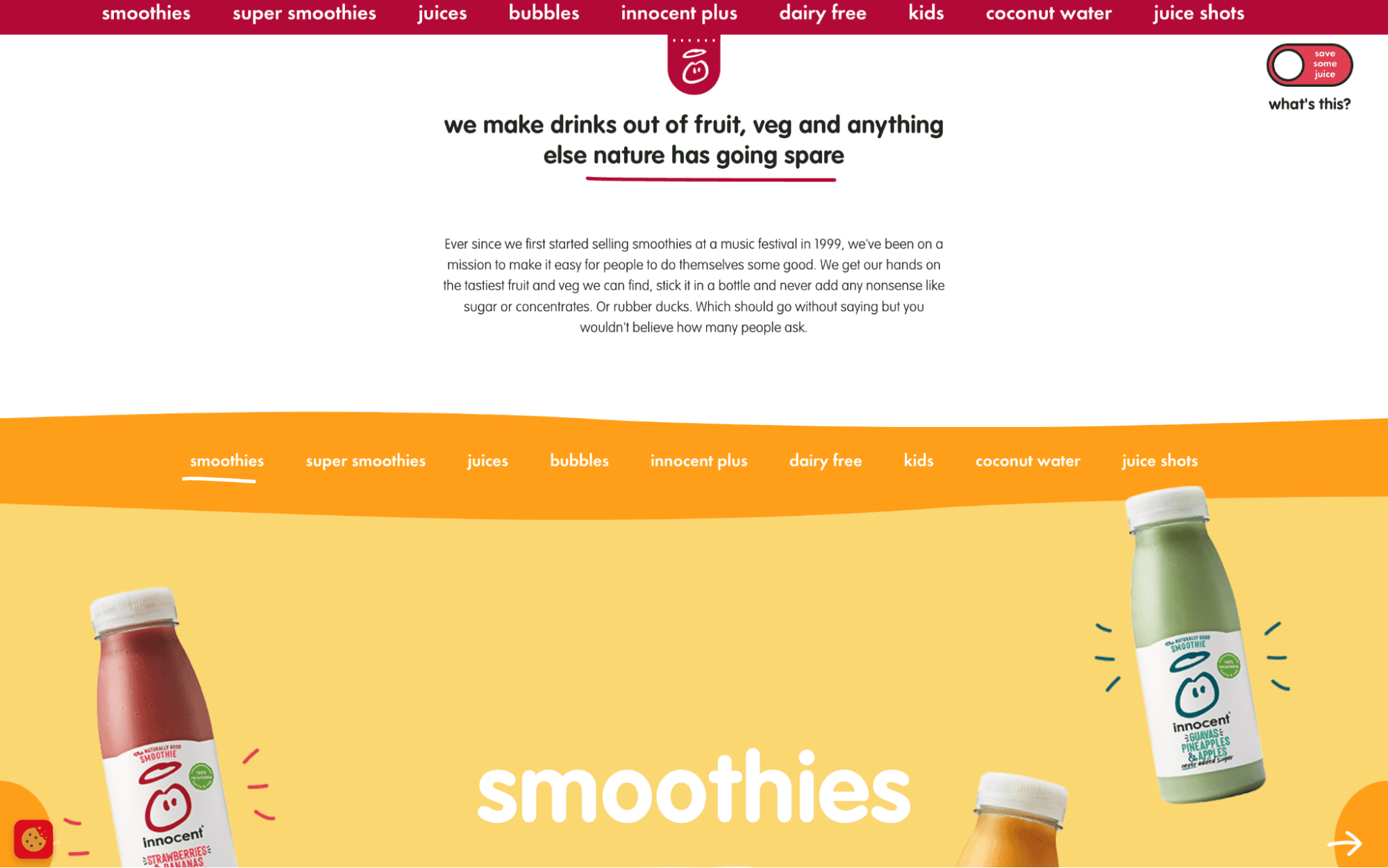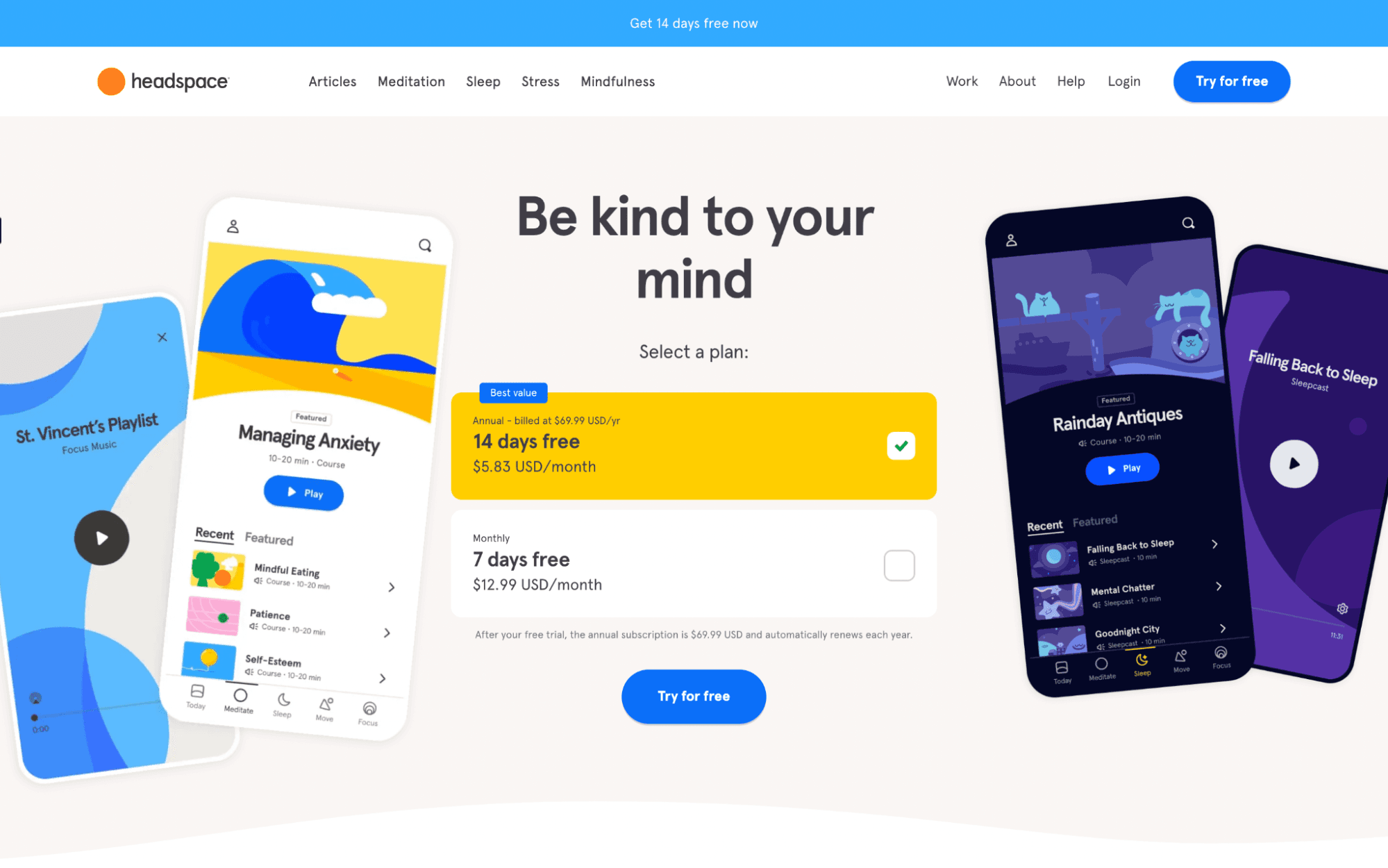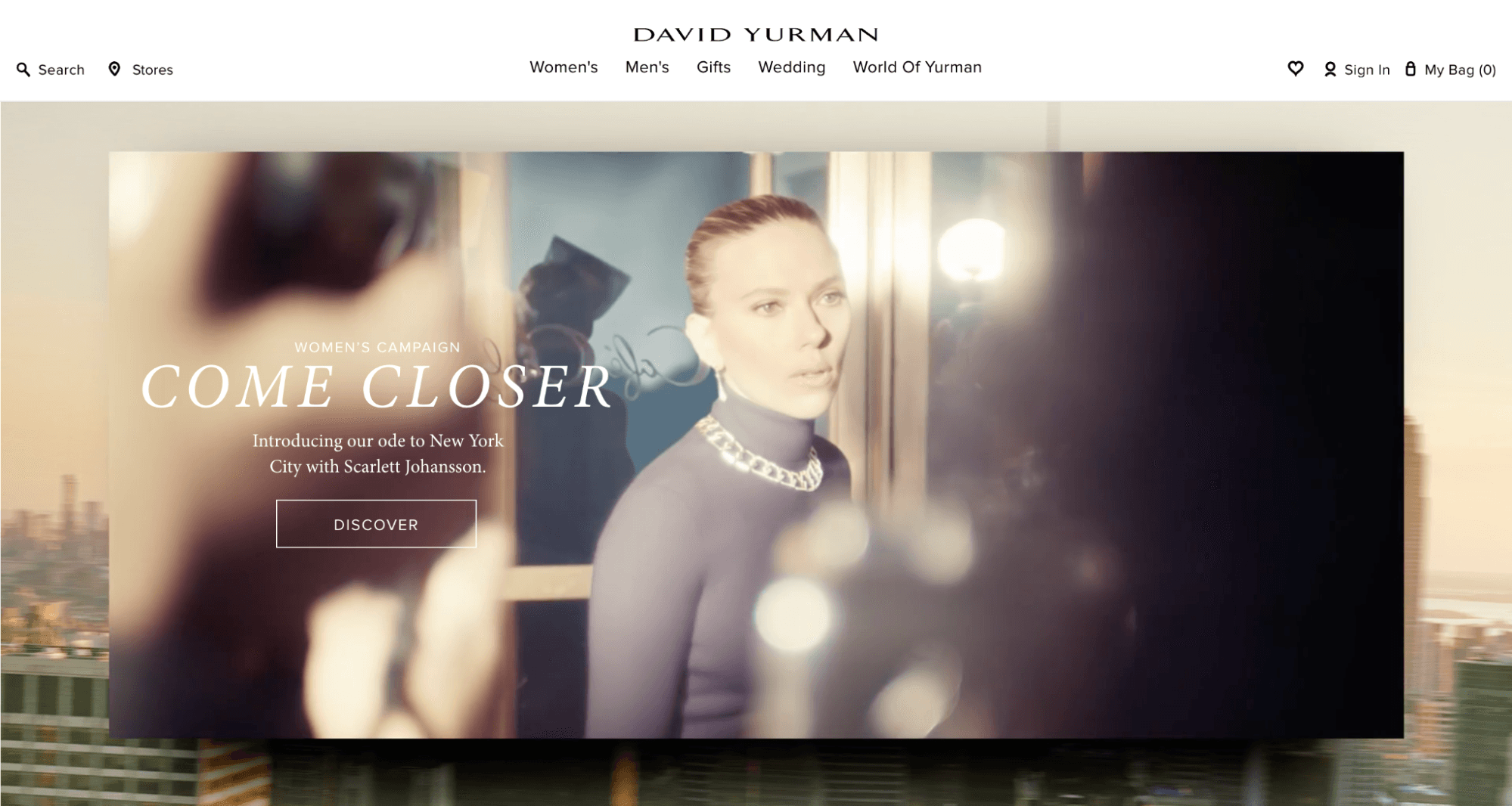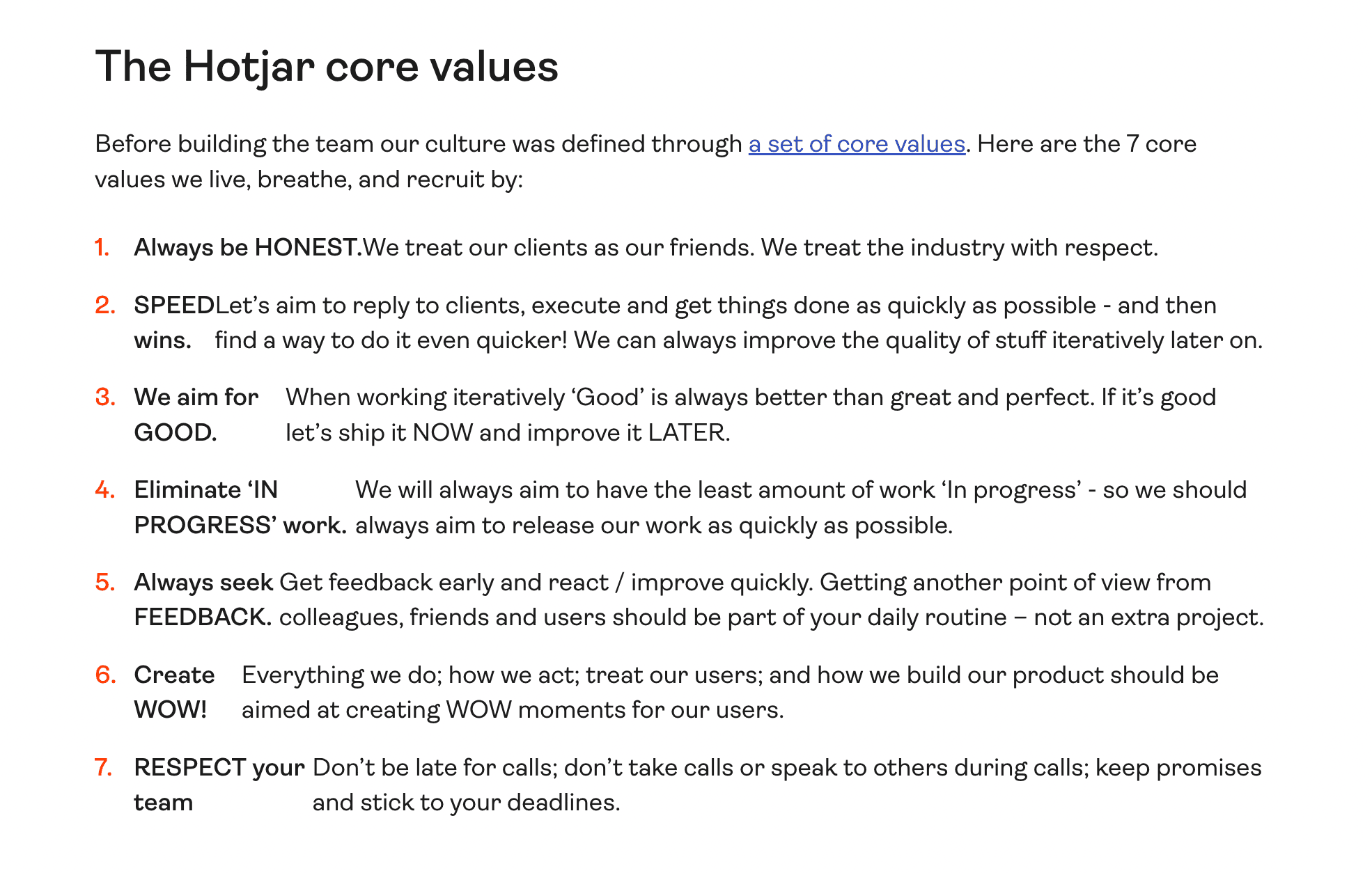A brand is so much more than your business logo. As Marty Neumeier, the author of The Brand Gap, puts it: “A brand is simply a gut feeling and a promise.”
It’s how your audience perceives your business — the feelings that surface when your company’s name comes up.
So in this guide, let’s explore what branding in marketing is and the steps you need to take to create a strong brand.
What Do You Mean By Branding?
Branding
A brand is how a business’s target audience sees its product/services.
Essentially, branding is an intangible marketing concept that strategically works out the feelings you want to instill in your customers.
Its aim? To instantly leave a memorable impression on your target audience, so they slowly but surely become familiar with your company and ultimately buy from you.
Most people, however, assume branding in marketing is synonymous with a business’s visual identity. For example, the signature colors they use, their brand logo, and other similar components.
While there’s truth in this, branding isn’t limited to creating a strong visual identity. As you’ll learn shortly, branding involves working on the values you stand for, the experiences you deliver, the feelings you evoke, and more.
Logos and brand colors aren’t the only ways to project your brand. Instead, your branding is projected through assets, including audio, text, visuals, and everything else that influences experiences.
4 Core Brand Components
So, what exactly makes a brand?
In simplest terms, a brand has three components geared toward providing a unique brand experience and leaving a memorable impression:
4 Core Brand Components
- Feeling. The gut-level reaction your brand evokes in its audience.
- Promise. The values that your brand stands for. These values are a silent promise that a brand makes to its audience.
- Relationship. All the quality interactions a brand has with its audience and how it makes them feel, for example, excited or grateful.
- Identity. ensures visibility, recognition, and alignment with the target audience.
You must work on all four of these components to create an audience-appealing brand.
Depending on where your customers are in their journey with your business, these branding elements help you gain new people’s trust and retain paying customers — let’s look at these benefits in detail next.
The Importance Of Branding In Marketing
81% of consumers say they don’t buy from businesses unless they trust them. Fortunately, branding helps solve this concern as each component gears toward earning and building trust.
Here’s how it helps:
Branding helps you stand out against competitors.
As cliché as it sounds, branding assists you in standing out from the sea of sameness — thanks to your unique identity and voice. In turn, this helps you increase brand awareness.
Branding makes your organization memorable.
Uniqueness executed consistently translates into familiarity.
Think of it like this: people are more likely to remember a business with a personality-rich brand identity than without a distinctive voice or specific values that it stands for.
A Nielsen report confirms this: branded content encourages 86% brand recall compared to 65% with pre-roll ads.
Branding helps your business connect with consumers on a human level.
As a result, you can foster more robust connections, instilling a sense of loyalty among consumers.
Branding grows your revenue.
A 2019 study confirms that a consistent brand identity helps increase revenue by 33%.
In 2018, Motista concluded the same based on the data from 100,000 customers over three years (2016-2018). The report shares customers who feel connected with a brand are likely to spend more with it.
In fact, the lifetime value of connected customers is 306% higher than average customers. They also tend to remain loyal to a brand for 5.1 years on average.
Meaning: a consistent and unique brand lifts revenue and breeds loyal customers.
What Are 4 The Steps Of Branding?
Convinced you need to work on building your brand? Here are four areas to work on:
1. Brand Promise
Brand Promise
A brand promise is the promise of value that an organization makes to its audience.
A Brand Is a Promise Made. But a Great Brand Is a Promise Kept.–Bea Perez pic.twitter.com/0aLHSMeOUA
— 99appssolutions (@99appssolutions) February 14, 2018
As Bea Perez of Coca-Cola said: “A brand is a promise made. A great brand is a promise kept.”
But what promise should a business make? While a brand promise depends on values (think: transparency, honesty, and more) that you can deliver, it’s also something that is deeply important to your target audience.
Take Buffer, which values transparency, for example. This is evident because all of Buffer’s metrics, equity, and salaries are open to everyone.
One thing to keep in mind here: defining your brand promise in your mission statement is not enough. Your values should reflect in all your business transactions, as in the example above.
2. Brand Positioning
Brand Positioning
Next comes brand positioning, or the way your product, vision, and brand identity are strategically positioned in the market.
Innocent, a healthy drinks vendor, positions itself as a playful brand with a lively energy that delivers nothing but natural drinks.
Like Innocent, you can proactively influence how your business is perceived among your audience.
Start before planning any marketing campaigns — things to work on here are:
- Value proposition. Determine what it is that makes you different? What can you offer your target customers that the saturated market isn’t already offering?
- Elevator pitch. Package your value proposition in a brief, 30-60 seconds pitch. Make it irresistible to your customers by ensuring it’s something that they deeply value. Below is Airbnb’s pitch, focused on the struggles of expensive hotel booking their target market faces. They then introduce themselves off the back of their pain point.
3. Brand Personality & Identity
Brand Personality & Identity
This aspect is the personification of who your organization is. One effective way to understand this is to ask yourself: if my brand were a person, who would it be?
To create a strong brand personality and identity, work on everything that defines your organization’s appearance. This appearance can include a brand voice, font size, color scheme — even a brand mascot.
Broadly, all this divides into:
- Visual identity. A collection of visual elements such as typography, logo, colors, and imagery that represent and help differentiate your brand.
- Brand voice. A set of principles that defines how your organization will communicate — the tone of voice you’ll use and the writing style you’ll adopt.
Both your visual identity and brand voice help define your personality. They make you ‘you.’
Take a page from Headspace, a mindfulness app. The distinct, bright orange color and cute illustrations show the business’s friendly personality and its end goal of spreading happiness.
4. Brand Associations
Brand Associations
Brand associations are the distribution channels you use and the businesses/people you hang out with (marketing partners, influencer collaborations, and so on). In turn, these associations further build your brand perception.
For example, luxury jewelry brand, David Yurman, is only available at its storefront and a few high-end fashion retailers — not at Walmart, where economically-priced jewelry is available.
Now, to determine your brand associations, clarify two things:
- Where does your target audience spend their time? Nailing this is super important. Because if you end up choosing distribution channels your audience doesn’t use, you’ll never reach them.
- Who do you want to partner with? Ask yourself who are the brands that target the same audience as you and who are the influencers that your target buyers follow. This will make sure you’re collaborating with the right people to get in front of your audience.
9 Common Branding Elements
As you work on the four steps of building a solid brand, you’ll need to design 9 branding elements that help define your brand. These are:
1. Mission Statement
A mission statement clearly communicates your purpose. Instead of using jargon or technical words, consider using simple language. This approach makes the mission statement easier to understand, helping you connect better with your target audience.
Here’s more on how to create an audience-resonating mission statement.

2. Company Values
A rundown of the values you stand for alongside a brief dip into how you aim to achieve these values. Here’s an example of Hotjar’s company values.
3. Brand & Product Names
These could be anything from a simple brand name or something fun and catchy like Spanx, depending on your brand voice and personality. Similarly, you can choose simple product names or opt for personable ones depending on your brand personality. Here’s more on product naming.
Showcasing Product Names: Spanx Higher Power Shapewear Shorts
Product Name: Spanx Higher Power Shorts
- Brand Name: Spanx
- Product Name: Higher Power Shapewear Shorts
- Link to Product: Spanx Higher Power Shapewear Shorts

4. Taglines
Apple’s “Think Different” and Nike’s “Just Do It” are examples of memorable taglines that should be inspiration enough to help you create yours.
Keep in mind that a tagline is typically a one-liner, and its purpose is to communicate what your business is about. In doing so, it hints at your values and purpose.
5. Logos
A logo is a symbol or emblem that helps familiarize your audience with your business.
Put another way; it’s a brand recognition and promotion tool. But one that you can’t wing because your logo is a great way to tell your brand story.
Case in point: Amazon’s logo.
On the surface, the signature arrow is a smile showing that Amazon’s packages aim to deliver smiles to doorsteps.
But there’s a deeper story, as the arrow starts at the ‘A’ and ends at the ‘Z.’ The design choice insinuates that everything is available at the online store.
6. Color Schemes
Using a signature color can help increase brand recognition by 80%. That’s how vital this branding element is.
However, planning your color scheme doesn’t mean you cherry-pick any of your favorite colors and call it a day. Instead, dive into color psychology to understand the impact specific colors have on your audience — choose based on that.
7. Brand Imagery
Brand imagery is a roundup of the visual elements that reflect your brand’s core messaging, creating your business’s feel. Illustrations, for instance, show your brand’s personality — here’s an example from the Doist blog:
8. Fonts
Like colors, fonts also showcase your brand personality.
When choosing them for your brand, keep in mind the psychology of fonts and how much detailed work goes into printing them. The reason? The intricate work impacts printing expenses.
9. Tone Of Voice
The tone of voice determines the way you’ll communicate as a brand. Is it friendly or authoritative? Or do you prefer funny over a serious voice?
Branding FAQs
Now for any remaining questions that you may have:
What is brand awareness?
Brand awareness is how familiar an organization’s target audience is with its business. Strong brand awareness means your audience can easily identify your brand through its name, logo, colors, and messaging, which can lead to increased trust, visibility, and ultimately, customer loyalty. It’s an essential first step in the customer journey, as it creates the foundation for consideration and preference.
What is brand identity?
Brand identity is the sum of the elements that creatively define your business, including its visual identity and voice. Brand identity is a reflection of a company’s core values and mission and plays a significant role in how the brand communicates with its audience. It sets the foundation for how a brand is perceived and how it makes people feel, ensuring consistency and recognition across all touchpoints.
What is brand loyalty?
Brand loyalty is the tendency of positive feelings and satisfaction that a customer has for a business encouraging them to buy your products/services over competitors. This loyalty is driven by a positive experience, consistent product quality, customer satisfaction, and the alignment of the brand with the customer’s values or needs
What is brand personality?
The set of characteristics and traits that showcase a business’s values to help them better connect with their target audience. This includes the tone, voice, and emotional appeal of the brand, as well as the values it stands for, such as being innovative, trustworthy, friendly, sophisticated, or adventurous.
What is brand extension?
Also known as brand stretching, a brand extension is when a business uses its widely known brand name to launch a new product in another category. The goal is to capitalize on the existing brand equity to reduce the risks associated with launching a new product.
What is brand management?
A set of marketing techniques that are used to improve a brand’s value or perception over time. It includes monitoring brand performance, ensuring brand consistency across all communication channels, managing customer perceptions, and identifying new growth opportunities.
What is rebranding?
Rebranding is changing your brand’s image with a new design, name, concept, or combination of any two. Rebranding may be necessary when a company undergoes significant changes, such as mergers, expansions, or a shift in its core values.








